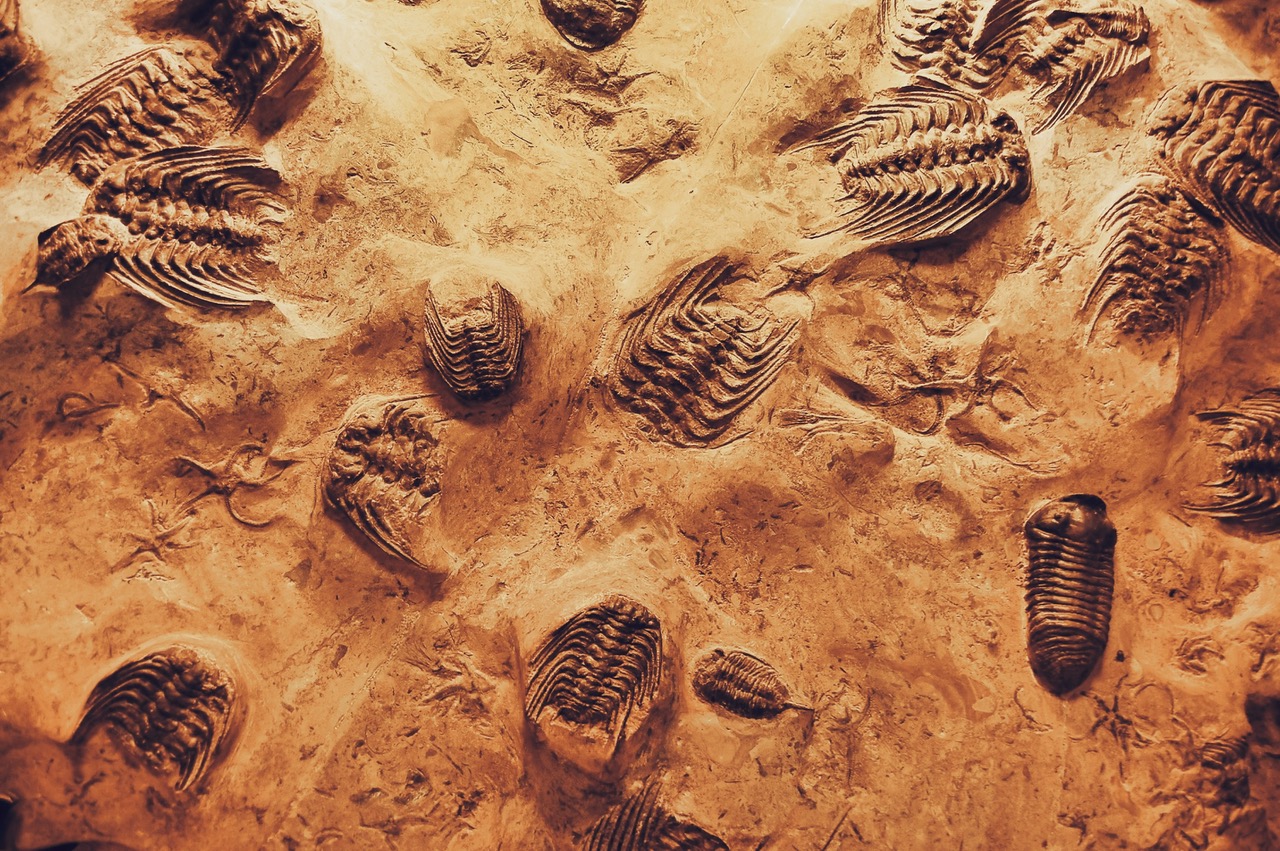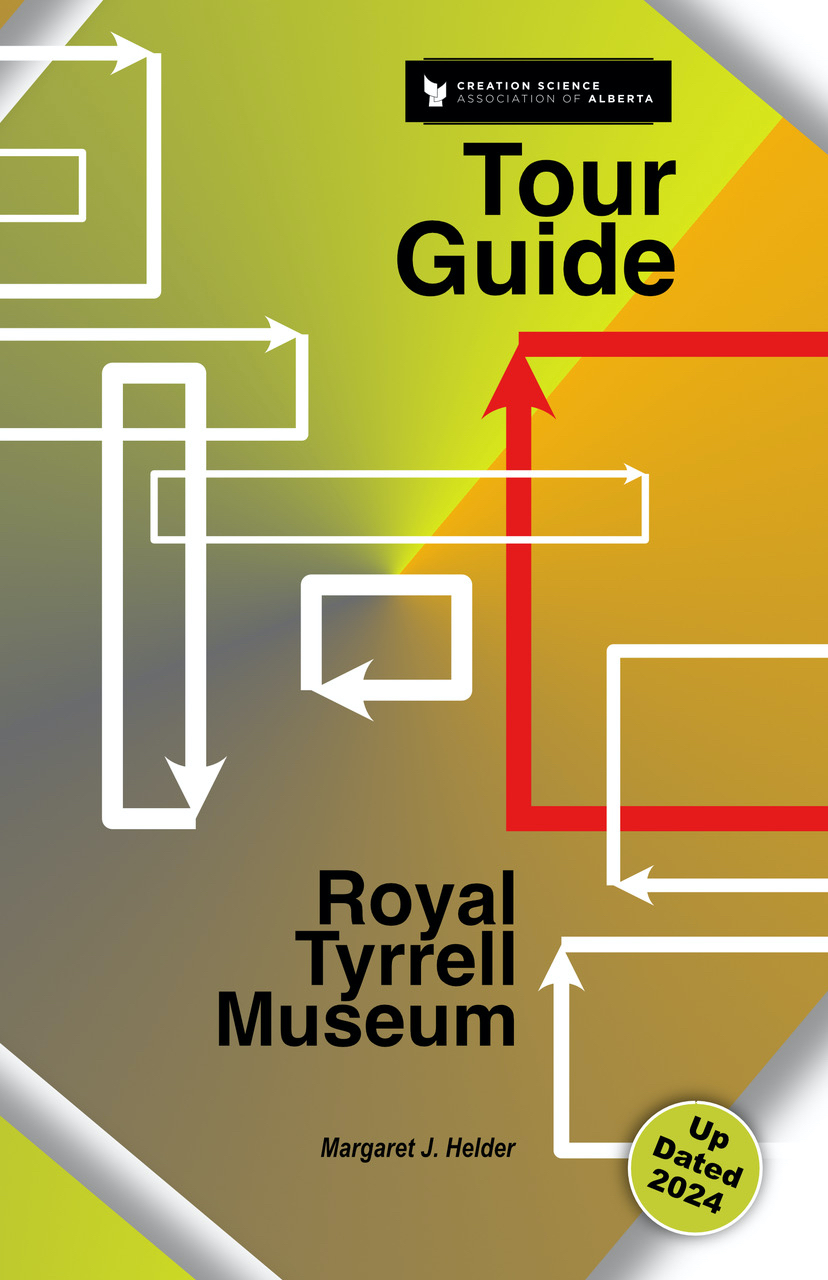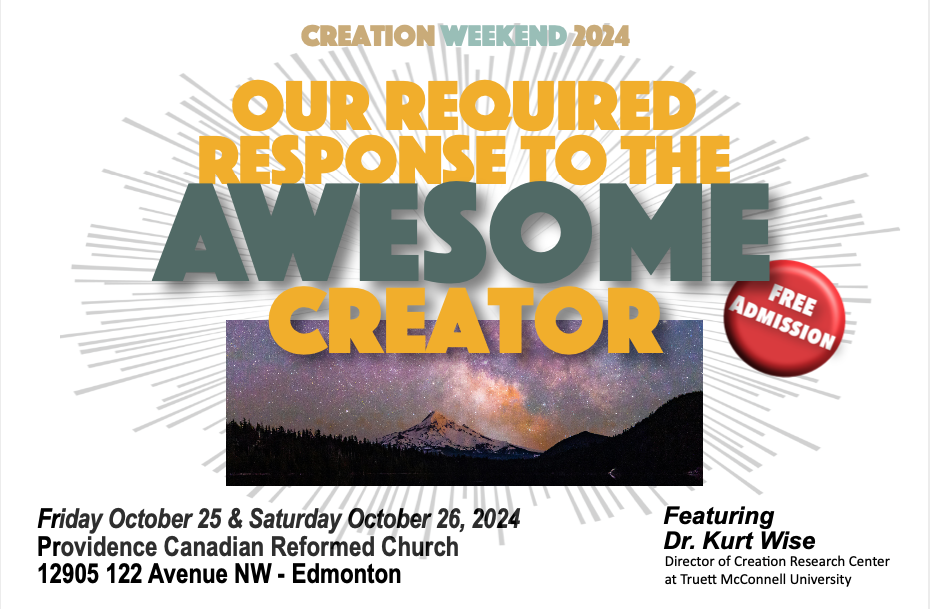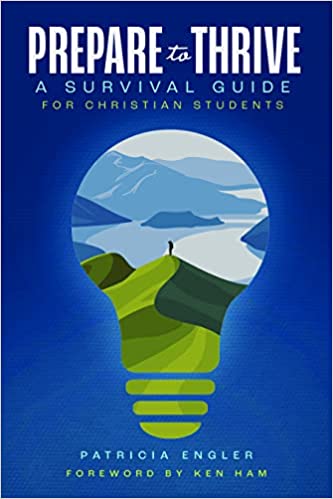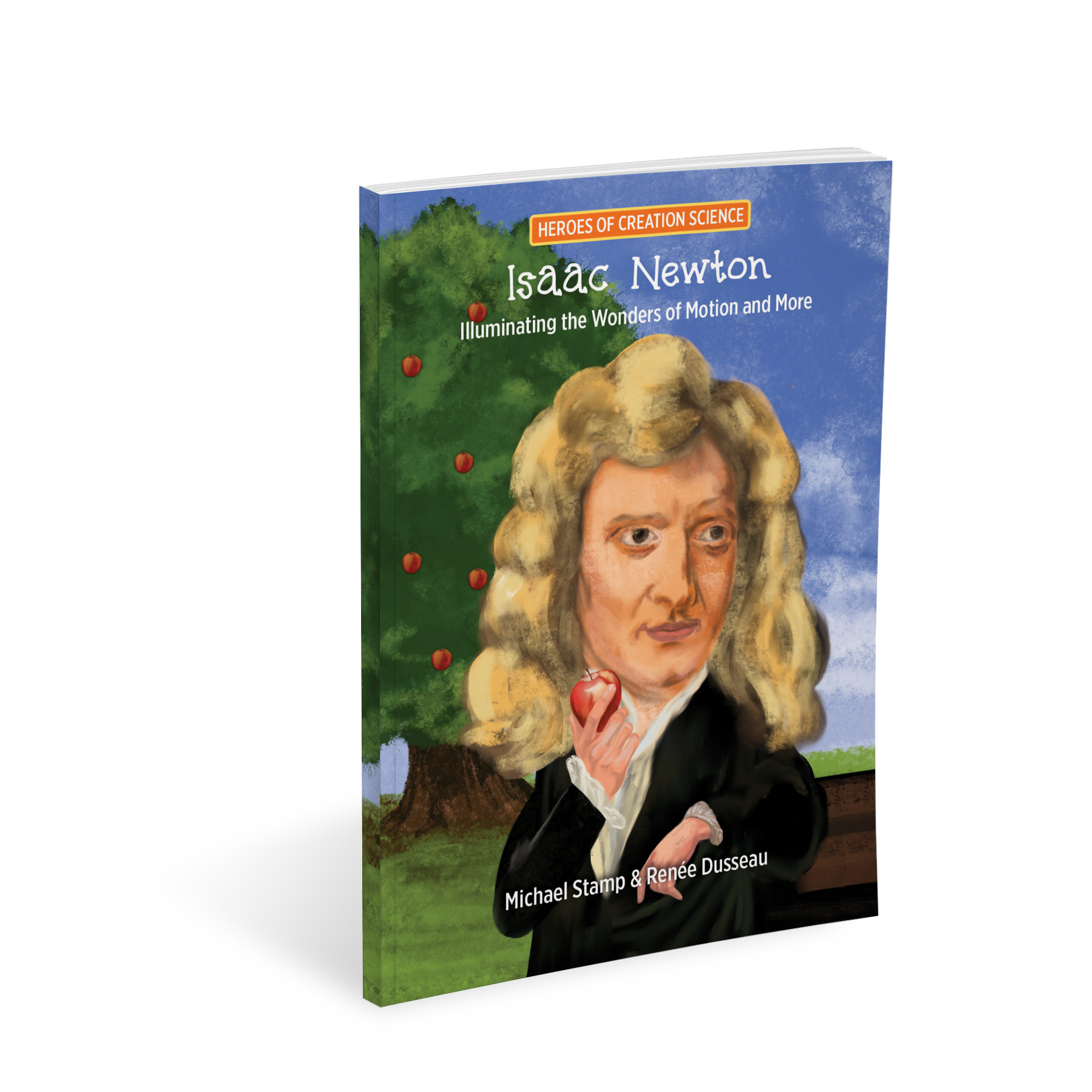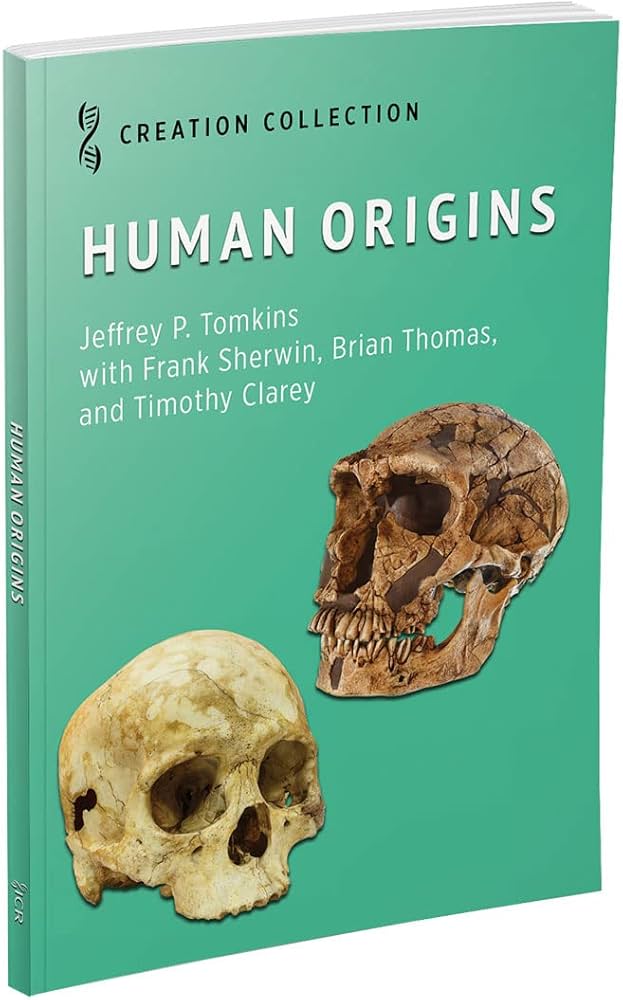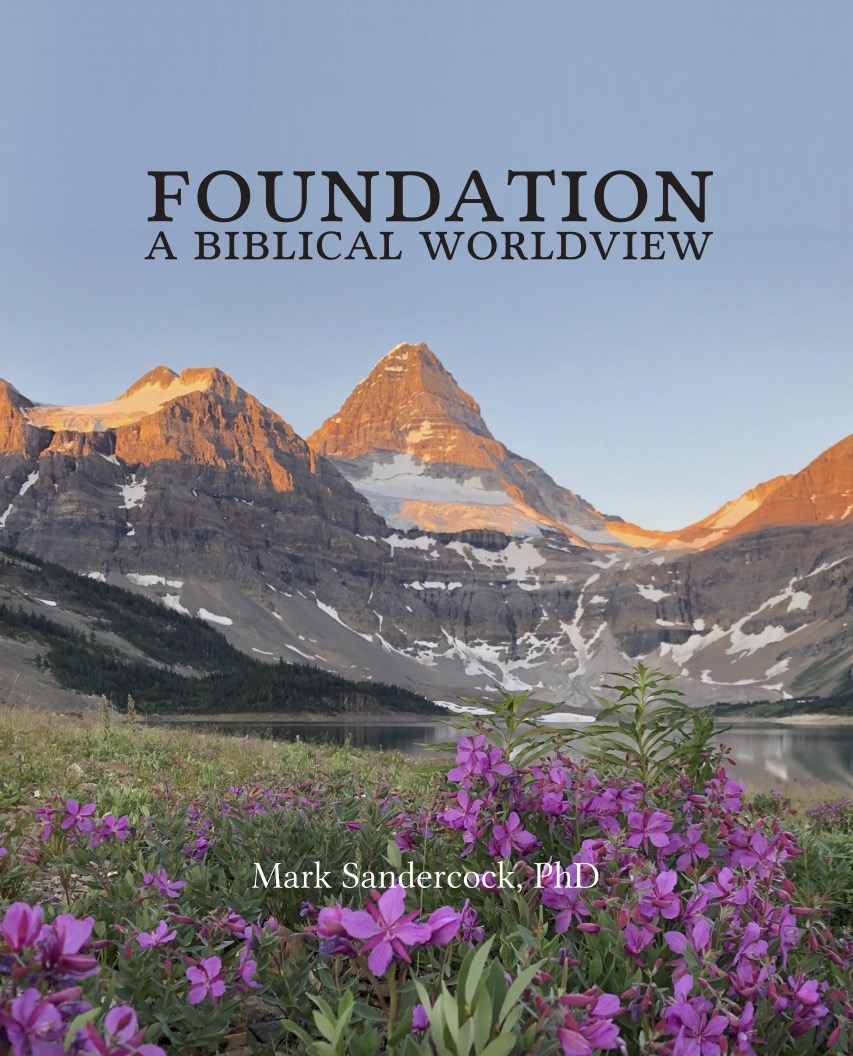Articles » Geology
The Bible tells us that Moses was instructed in all the wisdom of the Egyptians. He used this training when he was called upon, later in life, to lead the Children of Israel through the desert and to write an account of their history. Obviously, Moses did not adopt the pagan philosophy in which his training in Egypt was couched. He evaluated what he heard.
In similar fashion, young Christians are encouraged to pursue modern learning, according to the talents with which they have been given. Like Moses too, they are expected to evaluate the modern explanations. In the light of the complexity of many modern disciplines however, it is obvious that students need help. They need trusted advisors to help them sort through the onslaught of information.
To this end, Creation Science Association’s Margaret Helder has developed a novel tool to assist students embarking on new courses in biology. Since much of the material taught in these courses is based on studies conducted since the year 2000, there are many new terms and concepts involved.All of them are defined in terms of evolutionary assumptions. The definitions available, on-line, all come from an evolutionary agenda. But the data themselves actually support creation! Read the rest of this entry »
Creation Weekend 2021’s on-line conference with paleontologist Dr. Marcus Ross was so dynamic and interesting that it seemed as if we had heard him in person. I found myself thinking about his return trip to Virginia. But, of course, he never left Virginia. Nevertheless, with the wonders of technology, Dr. Ross was able to present two excellent and very different topics. Since his field of expertise is fossils, his whole first presentation dealt with fossils, specifically some scary marine reptiles called mosasaurs. The second talk dealt with the objectives of creationists in their pursuit of science.
In the Royal Tyrrell Museum’s spooky Bearpaw Sea exhibit, if you look up, you will see the skeletons of massive marine reptiles including mosasaurs. Dr. Ross actually came as a student to study Alberta mosasaurs at the Tyrrell Museum. Read the rest of this entry »
In high school biology courses, it soon became apparent to Angie that among her fellow Christians, there was a diversity of opinions about origins. So, she consulted the HeadStart program about the impact of world views on the relationship between faith and science. She read information on the gap theory, the day age theory, the framework hypothesis, theistic evolution, neo-Darwinism, methodological naturalism, intelligent design and creation. Now she better appreciates why this whole website is devoted to creation.
Read the rest of this entry »The recent death of Dr. John Morris of ICR brings to mind the occasion when he collaborated with Rev. Edward Crawford of Edmonton to travel to Mount Ararat.
On a stormy night at the end of February, 1976 Edward Crawford and more than three thousand other Edmontonians crowded into Jubilee Auditorium to hear John Morris, Field Director of the Institute for Creation Research in San Diego. Morris’ update on the status of expeditions to Mount Ararat included a number of slides. Mr. Crawford however saw something that others missed. He saw an inscription on a boulder on Mount Ararat. He recognized some of the characters as ancient proto-Sumerian. What was the story behind these writings? He wondered how messages came to be in such an inhospitable part of the world.
Read the rest of this entry »New Tour Guide – Available Now!
Since the early 1990s, CSAA has produced five editions of a Tour Guide to the Royal Tyrrell Museum. Unlike other guides to similar facilities, this guide includes discussion of most exhibits as they are encountered on a trip through the premises. The fifth and last edition was issued in 2014. It clearly is time for a new edition as there have been many changes since then.
Our guide typically begins with interpretive themes which apply to many of the exhibits. This feature will not change in the new edition. What has changed, is discussion of the preliminary exhibits which occupy about half the space available in the museum. The changes include displays up to the Burgess Shale on the mezzanine.
Read the rest of this entry » Order OnlineIn recent years, people have become really interested in genetics. They ask questions like “Who were my ancestors? What can I learn about my family through our genes? What mix of nationalities do I have?” As the genomes of various species, including humans, have been mapped, scientists have reflected on many issues. One of those issues is molecular clocks.
Read the rest of this entry »There is a reason why people walk down the street with their eyes glued to their cell phones. They want to find out the latest news! It is indeed true that everyone is curious and likes a good story, and especially the ending to a good story. Many stories however actually are never ending. They may start in a very simple fashion, but as time goes on, the details become more and more complicated.
Many stories or interpretations in science, for example, are like this. At first the idea is straightforward, but as more studies are conducted, the story becomes more difficult to follow. Consider, for example, Darwin’s proposals about evolution. He observed that individuals in a population of organisms differed in various small details. He then argued that those individuals which were better endowed, would be the ones to leave more offspring. This was the simple story that Darwin developed to explain evolution. There were many people who did not think that this scenario of changing proportions of traits in the population could explain the appearance of new body plans. The process might explain why there were more big or small individuals (or whatever) in the population, but it could not explain the appearance of new body plans (such as insect or fish) which require a lot of new information compared to that found in other kinds of creature. But no matter, Darwin’s scenario became the basis for evolution theory in the years to come.
Read the rest of this entry »For many years, in sponsoring Creation Weekend, our local association (CSAA or Creation Science Association of Alberta) has provided inspiration and information to audiences of all ages. The benefit from these weekends is training on how to be informed and enthusiastic, able to enjoy the insights that we hear, and to share those with others.
Read the rest of this entry »The common perception of the Arctic is that it is a frozen, uninhabited wasteland. Truthfully, most of it is. Evolutionists claim it has been like this for millions of years but that there is evidence that it was warmer and wetter in the past. In 1985, Paul Tudge of the Geological Survey of Canada spotted tree stumps on the Canadian Arctic island of Axel Heiberg while conducting a helicopter survey. A year later, a team of geologists, paleobotanists, and graduate students returned and found enormous tree stumps they interpreted as being still rooted in the soil they grew in (Basinger, 1987).
Read the rest of this entry »


